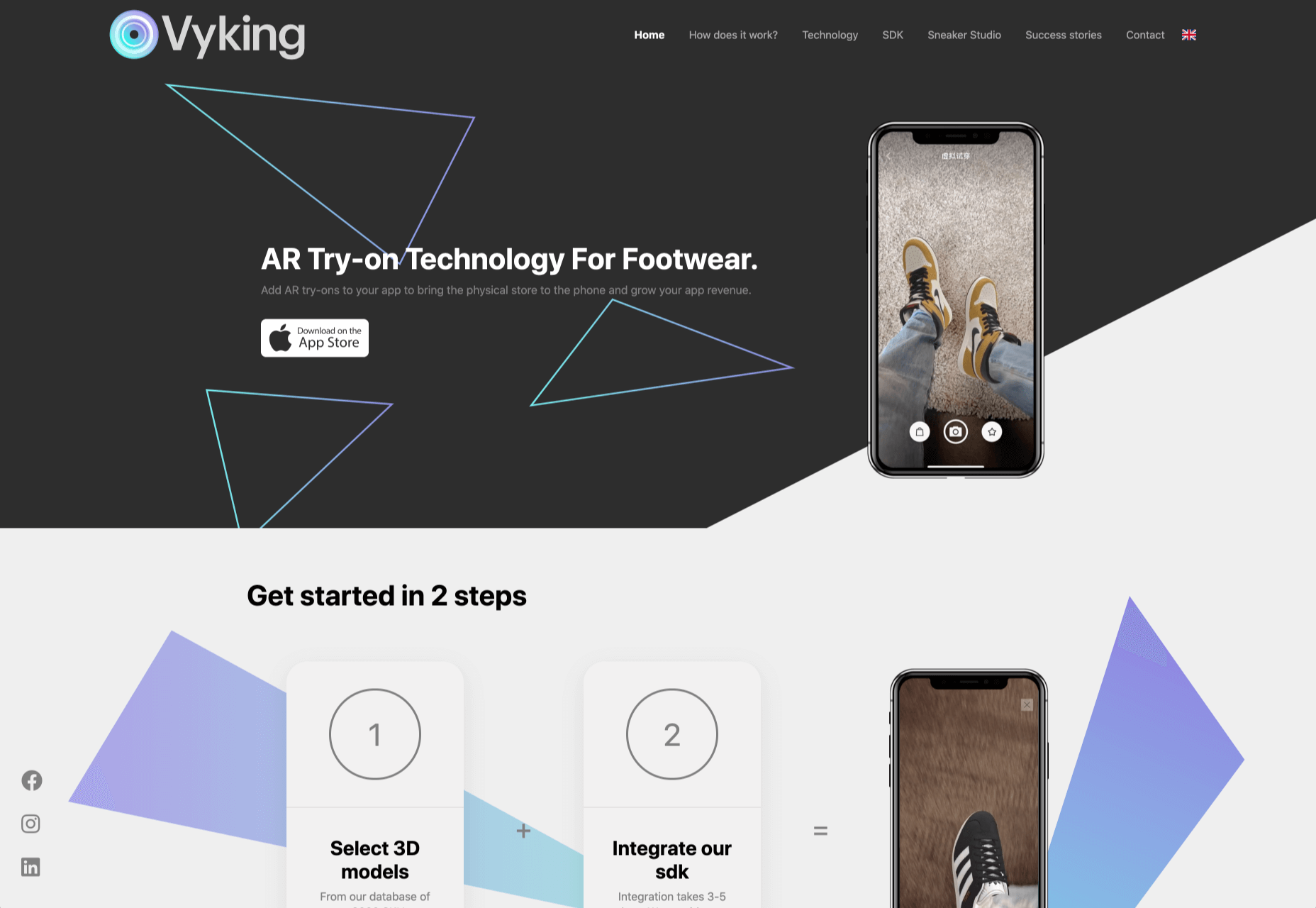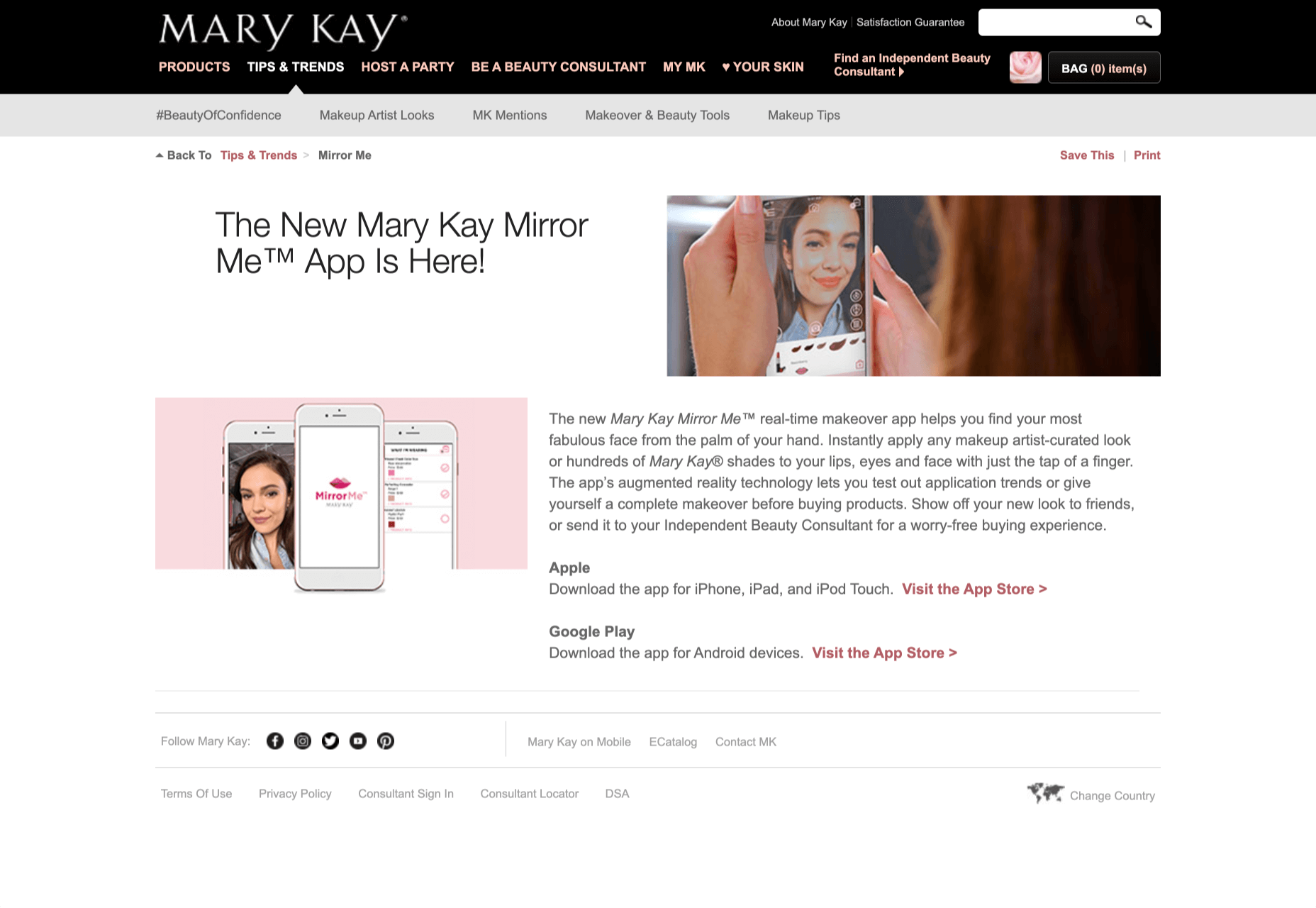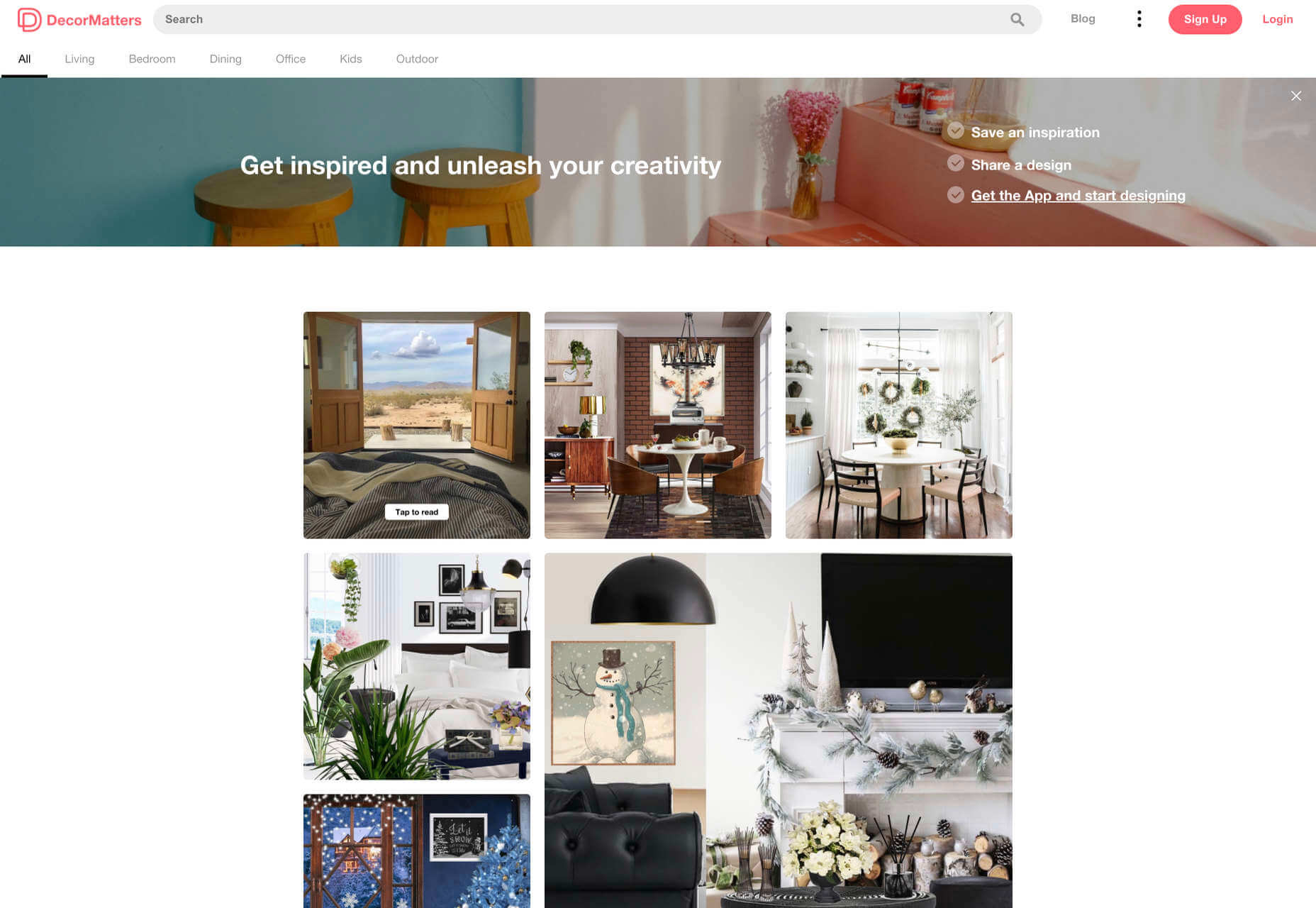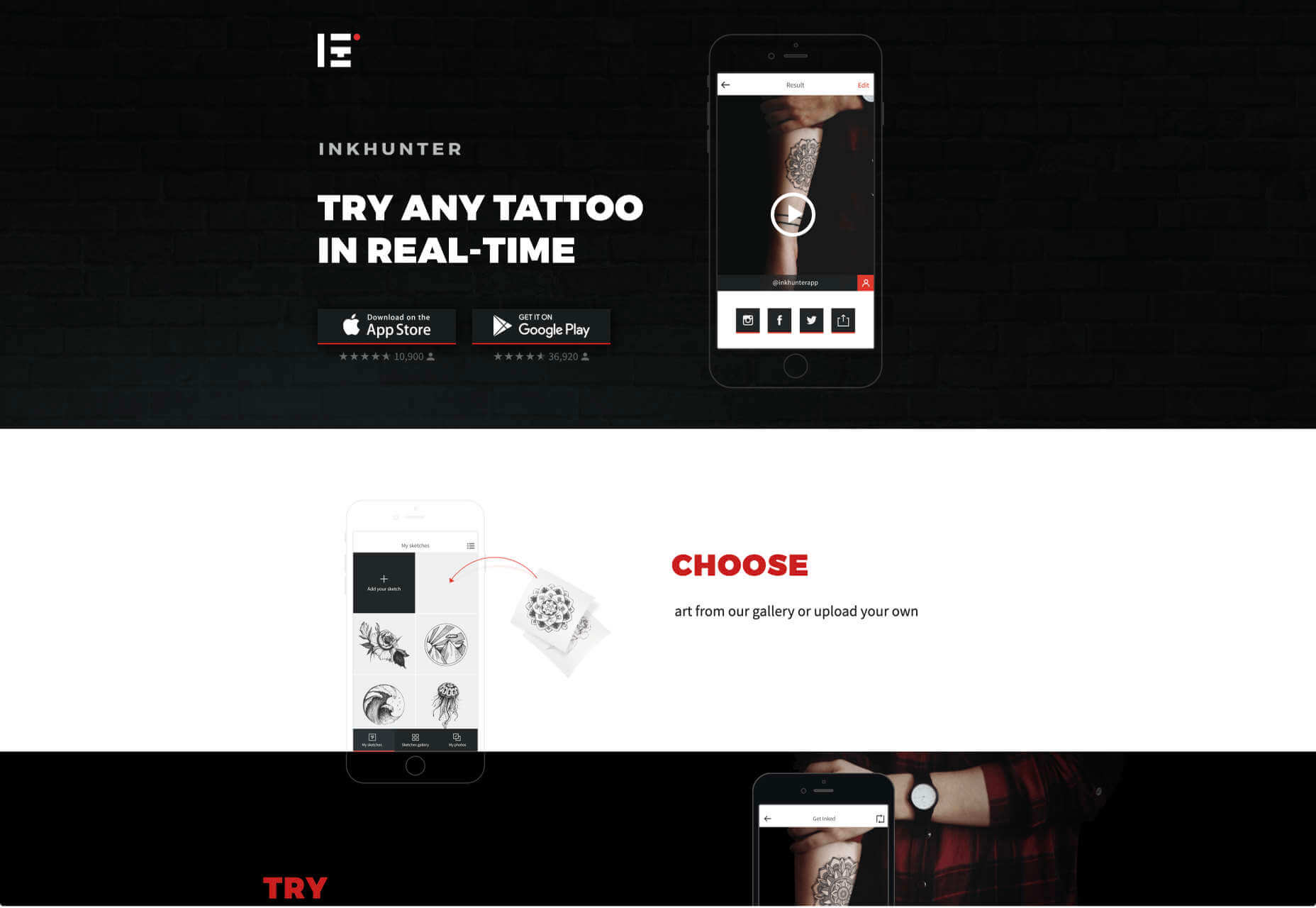Thank You (2020 Edition)
Heck of a year, eh? Like we do ever year, I’d like to give you a huge thanks for reading CSS-Tricks, and recap the year. More downs than ups, all told. Here at CSS-Tricks, it was more of a wash. Allow me to me share some numbers, milestones, and thoughts with you about our journey of 2020.
Let’s do the basic numbers
The site saw 94m pageviews this year. Last year we lost a smidge of pageviews (from 91m to 90m), so it’s nice to see that number go back up again, setting a new high record. Now I don’t have to tell myself stories like “jeez usage of browser extensions that block Google Analytics must be up.” Hitting 100m pageviews will be a nice milestone some future year. This number, long term, climbs very slowly. It’s a good reminder to me how much time, money, and energy are required to just maintain the traffic to a content site, let alone attempt to drive growth.
I have Cloudflare in front of the site this year. I think that’s a good idea generally, but especially now that they have specific technology to make it extra good. I’m a fan of pushing as much to the edge as we can, and now it’s not only static assets that are CDN-served but the content as well.
I mention that because now I have access to Cloudflare analytics, so I can compare across tools. I can’t see a whole year of data on Cloudflare, but comparing last month’s unique visitors between the two services, I see 6,847,979 unique visitors on Cloudflare compared to 6,125,272 sessions (or 7,449,921 unique page views — I’m not sure which is directly comparable) on Google Analytics. They seem pretty close. Closer than I thought they would be, since Google Analytics requires client-side JavaScript and Cloudflare analytics are, presumably, gathered at the DNS level, and thus not blockable like client-side JavaScript. I’ve turned off the WordPress-powered analytics for now, as having three places for analytics seemed a bit much, although I might flip them back on because, without them, I can’t see top on-site search results, which I definitely like to have.
Traffic that comes from organic¹ search was 77.7% this year, versus 80.6% last year. A 3% swing feels pretty large, yet almost entirely accounted for by a 3% swing from 9% to 12% in “direct” traffic. I have no idea what to make of that, but I suppose I don’t mind a better diversification in sources.
I find these end-of-year looks at the numbers sorta fun, but I’m generally not a big analytics guy. Last year I wrote:
There is a bunch of numbers I just don’t feel like looking at this year. We’ve traditionally done stuff like what countries people are from, what browsers they use (Chrome-dominant), mobile usage (weirdly low), and things like that. This year, I just don’t care. This is a website. It’s for everyone in the world that cares to read it, in whatever country they are in and whatever browser they want to.
I feel even more apathetic toward generalized analytics numbers this year. I think analytics are awesome when you have a question in mind you want an answer to, where the numbers help find that answer. Or for numbers that are obviously important and impactful to your site that you determined for yourself. Just poking around at numbers can fool you into thinking you’re gathering important insights and making considered decisions when you’re kinda just picking your nose.
One question that does interest me is what the most popular content is by traffic (we’ll get to that in a bit). Looking at the most popular content (by actual traffic) gives me a sense of what brings people here. Bringing traffic to the site is a goal. While we don’t generally sell sponsorship/advertising based on page views directly, those numbers matter to sponsors and fairly correlate directly to what we can charge.
Another bit of data I care about is what people search for that bring them to the site. Here’s how that breaks down:
- Top 10: Various combinations of terms that have to do with flexbox and grid layout
- Mixed into the top 20: Various alterations of the site’s name
From there, 10-100 are “random specific CSS things.” Beyond 100 is where SVG, JavaScript, design stuff, and CSS are sprinkled into the mix. The 251st ranked search term is the first time React shows up. The insight here is that: (1) our layout guides continue to do very well, (2) a lot of people like to get to the site first, then find what they need, and (3) searches for library-specific content isn’t a particularly common way to land here.
Top posts of the year
Thanks to Jacob, we can look at analytics data based on the year the content was written (and a few other bits of metadata).
Here’s an interesting thing. In 2019, articles written in 2019 generated about 6.3m page views. Those same articles, in 2020, generated 7.3m page views. Neat, huh? The articles drove more traffic as they aged.
Articles written in 2020 generated 12m pageviews. Here’s the top 10:
- CSS-Only Carousel
- Fluid Width Video (cheat, as this was written a few years ago as a stand-alone page, and I only moved it to the blog in 2020)
- How to Create an Animated Countdown Timer With HTML, CSS and JavaScript
- A Complete Guide to Links and Buttons
- The Hooks of React Router
- A Complete Guide to Dark Mode on the Web
- Neumorphism and CSS
- A Complete Guide to Data Attributes
- Why JavaScript is Eating HTML
- Front-End Challenges
Interesting backstory on that list. I dug into Google Analytics and created that Top 10 list based on the data it was showing me in a custom report, which Jacob taught me to do. Serendipitously, Jacob emailed me right after that to show me the Top 10 that he calculated, and it was slightly different than mine. Then I went back and re-ran my custom report, and it was slightly different than both the others. Weird! Jacob knew why. When you’re looking at a huge dataset like this in Google Analytics, they will only sample the data used for the report. It will show you a “yellow badge” and tell you what percentage of the data the report is based on. 500,000 sessions is the max, which is only 0.7% of what we needed to look at. That’s low enough that it accounted for the different lists. Jacob had already done some exporting and jiggering of the data to account for that, so the above list is what’s accurate to 100% of all sessions.
The top articles on the entire site from any year:
- The Complete Guide to Flexbox
- The Complete Guide to Grid
- Using SVG
- Perfect Full Page Background Images
- The Shapes of CSS
- Media Queries for Standard Devices
- Change Color of SVG on Hover
- CSS Triangle
- How to Scale SVG
- Using @font-face
Nothing from the Almanac made the top 10, but interestingly, right after that, the next 20 are so are heavily sprinkled with random articles from there. All told, the Almanac is about 14.8% of all traffic.
Two other things that I think are very cool that we did with content is:
- Published Jay Hoffman’s series on Web History, which include audio adaptations from Jeremy Keith that are served as a podcast.
- Published our end-of-year series like we did last year.
One of the many reasons I love being on WordPress is how easy it is to spin up series like these. All we did was toss up a category-specific template file and slapped on a little custom CSS. That gives the posts a cool landing page all to themselves, but are still part of the rest of the “flow” of the site (RSS, search, tags, etc.).
COVID
Perhaps the slight increase in traffic was COVID-related? With more people turning to coding as a good option for working from home, maybe there are more people searching for coding help. Who knows.
What we definitely found was that nearly every sponsor we work with, understandably, tightened their belt. Add in advertising plans with us that were reduced or canceled and, as a rough estimate, I’d say we’re down 25% in sponsorship revenue. That would be pretty devastating except for the fact that we try not to keep too many eggs in one basket.
Feels like a good time to mention that if your company is doing well and could benefit from reaching people who build websites, let’s talk sponsorship.
I’m trying to diversify revenue somewhat, even on this site alone. For example…
eCommerce
We’ve been using WooCommerce here to sell a couple of things.
Posters, mainly. A literal physical bit of printed paper sent through the post to you. The posters are unique designs made from the incredible illustrations that Lynn Fisher created for the flexbox and grid guides. We essentially “drop ship” them, meaning they are printed and shipped on-demand by another company. So, you buy them from this site, but another company takes it from there and does all the rest of it. That’s appealing because the amount of work is so low, but there are two major downsides: (1) Customer support for the orders becomes our problem and I’d say ~20% of orders need some kind of support, and (2) the profit margin is fairly slim compared to what it would be if we took on more of the work ourselves.
We also sell MVP Supporter memberships, which are great in that they don’t require much ongoing work. The trick there is just making sure it is valuable enough for people to buy, which we’ll have to work more on over time. For now, you basically get a book, video downloads, and no ads.
MVP Supporter
For being an MVP supporter of CSS-Tricks, you get: No ads, extra content, easier commenting, and extreme satisfaction for being cool.
Loose math, eCommerce made up 5% of the lost revenue. Long way to go there, but it’s probably worth the journey as my guess is that this kind of revenue is less volatile.
I’m also still optimistic about Web Monetization in the long-term (here’s the last post I wrote on it). But right now, it is not a solution that makes for a significant new revenue stream. Optimistically, it’s something like 0.05% of revenue.
Social media
As far a website traffic driver goes, social media isn’t particularly huge at 2.2% of all traffic (down from 2.3% last year). That’s about where it always is, whether or not we put much effort into it over the course of a year, which is exactly why I try not to spend energy there. What little effort we do expend, 95% of it is toward Twitter. We lean on Jetpack’s social automation features, mostly. It is still cool to have @css as a handle, and we are closing in on half a million followers. You’d think that would be worth something. We’ll have to figure that out someday.
When we hand-write Tweets (rare), those are still the ones with the most potential. I only do that when it feels like something fun to do, because even though they can get the most engagement, the time/value thing still just doesn’t make it worthwhile.
Example hand-written tweet
::marker is fantastic and now available in all the modern browsers. https://t.co/EAIb3HHUX3@simevidas notes a favorite use-case (list markers matching size of headers):https://t.co/KVKMCSq4pg pic.twitter.com/b4fei5Uw3V
— CSS-Tricks (@css) December 13, 2020
Most of our tweets are just auto-generated when a new post is published. And we’ve been doing that for so long, I think that’s what the Twitter followers largely expect anyway, and that’s fine. We do have the ability to customize the Tweet before it goes out, which we try to, but usually don’t.
Example Auto-Generated Tweet
A Complete Guide to CSS Functions https://t.co/ty82onsTvA pic.twitter.com/uaZ2YJKQop
— CSS-Tricks (@css) May 4, 2020
The other 5% of effort is Instagram just because it’s kinda fun. I don’t even wanna think about trying to extract direct value from Instagram. Maybe if we had a lot more products for direct sale it would make sense. But for now, just random tips and stuff to hold an audience.
Example Instagram Post
Screencasts
I did 22 screencasts this year. That’s a lot compared to the last many years! I’m not sure if I’ll be as ambitious in 2021, but I suspect I might be, because my setup at my desk is getting pretty good for doing them and my editing skills are slowly improving. I enjoy doing them, and it’s an occasional income stream (my favorite being pairing up with someone from a company and digging into their technology together). Plus, we got that cool new intro for our videos done by dina Amin.
The screencasts are published on the site and to iTunes as a videocast, but the primary place people watch is YouTube. I guess we could consider YouTube “social media” but I find that screencasts are more like “real content” in a way that I don’t with other social media. They are certainly much more time-consuming to produce and I hope more evergreen than a one-off tweet or something.
Newsletter
We hit 81,765 subscribers to the newsletter. On one hand, that’s a respectable number. On the other, it’s far too low considering how gosh darn good it is! I was hoping we’d hit 100k this year, but I didn’t actually do all that much to encourage signups, so that’s on me. I don’t think we missed a single week, so that’s a win, and considering we were at 65,000 last year, that’s still pretty good growth.
Comments
Y’all left 4,322 comments on the site this year. That’s down a touch from 4,710, but still decent averaging almost 12 a day.
I rollercoaster emotionally about comments. One day thinking they are too much trouble, requiring too much moderation and time to filter the junk. The vitriol can be so intense (on a site about code, wow) that some days I just wanna turn them off. Other times, I’m glad for the extra insight and corrections. Not to mention, hey, that’s content and content is good. We’ve never not had comments, so, hey, let’s keep ’em for now.
I absolutely always encourage your helpful, insightful, and kind comments, and promise to never publish rude or wrong comments (my call).
The forums completely shut down this year (into “read only” mode), so commenting activity from that didn’t exactly make its way over to the blog area. Closing the forums still feels… weird. I liked having a place to send (especially beginners) to ask questions. But, we just do not have the resources (or business model) to support safe and active forums. So closed they will remain, for now.
Goal review
- ? 100k on email list. Fail on that one. That was kind of a moonshot anyway, and we never executed any sort of plan to help get there. For example, we could encourage it on social media more. We could attempt to buy ads elsewhere with a call to action to sign up. We could offer incentives to new subscribers somehow. We might do those things, or we might not. I don’t feel strongly enough right now to make it a goal for next year.
- ? Two guides. We crushed this one. We published 9 guides. I consider this stuff our most valuable content. While I don’t want to only do this kind of content (because I think it’s fun to think of CSS-Tricks as a daily newspaper-style site as well), I want to put most of our effort here.
- A Complete Guide to Data Attributes
- A Complete Guide to Dark Mode on the Web
- A Complete Guide to CSS Functions
- A Complete Guide to Links and Buttons
- A Complete Guide to CSS Gradients
- A Guide to Console Commands
- A Guide to the Responsive Images Syntax in HTML
- A Complete Guide to calc() in CSS
- A Complete Guide to CSS Media Queries
- ? Have an obvious focus on how-to referential technical content. I think we did pretty good here. Having this in mind all the time both for ourselves and for guest posts meant making sure we were showcasing how to use tech and less focus on things like guest editorials which are, unfortunately, our least useful content. I’d like to be even stricter on this going forward. We’re so far along in our journey on this site. The expectation people have is that this site has answers for their technical front-end questions, so there is no reason not to lean entirely into that.
- ? Get on Gutenberg. We also crushed it here. I think in the first month of the year I had us using Gutenberg on new content, and within a few months after that, we had Gutenberg enabled for all posts. It was work! And we still have a long way to go, as most posts on the site haven’t been “converted” into blocks, which is still not a brainless task. But, I consider it a fantastic success. I think Gutenberg is largely a damn pleasure to work with, making content authoring far more pleasurable, productive, and interesting.
New goals
- Three guides. I know we did nine this year, but the goal was only two. I actually have ideas for three more, so I’ll make three the goal. Related side goal: I’d like to try to make mini-books out of some of these guides and either sell them individually or make it part of the MVP Supporter subscription.
- Stay focused on how-to technical content around our strengths. Stuff like useful tips. Technical news with context. Advice on best-practices. I want to reign us in a bit more toward our strengths. HTML, CSS, and JavaScript stuff is high on that list of strengths, but not every framework, serverless technology, or build tool is. I’d like us to be more careful about not publishing things unless we can strongly vouch for it.
- Complete all missing Almanac entries. There are a good 15-20 Almanac articles that could exist that don’t yet. Like we have
place-itemsin there, but notplace-contentorplace-self. Then there is esoteric stuff, like:current,:past, and:futuretime-dimensional pseudo-classes which, frankly, I don’t even really understand but are a thing. If you wanna help, please reach out.
Wrapping up
Thank you, again, for being a reader of this site. I hope these little peeks at our business somehow help yours. And I really hope 2021 is better than 2020, for all of us.
?
- I actually prefer my search grass-fed in addition to organic, but ok. ??
The post Thank You (2020 Edition) appeared first on CSS-Tricks.
You can support CSS-Tricks by being an MVP Supporter.






































